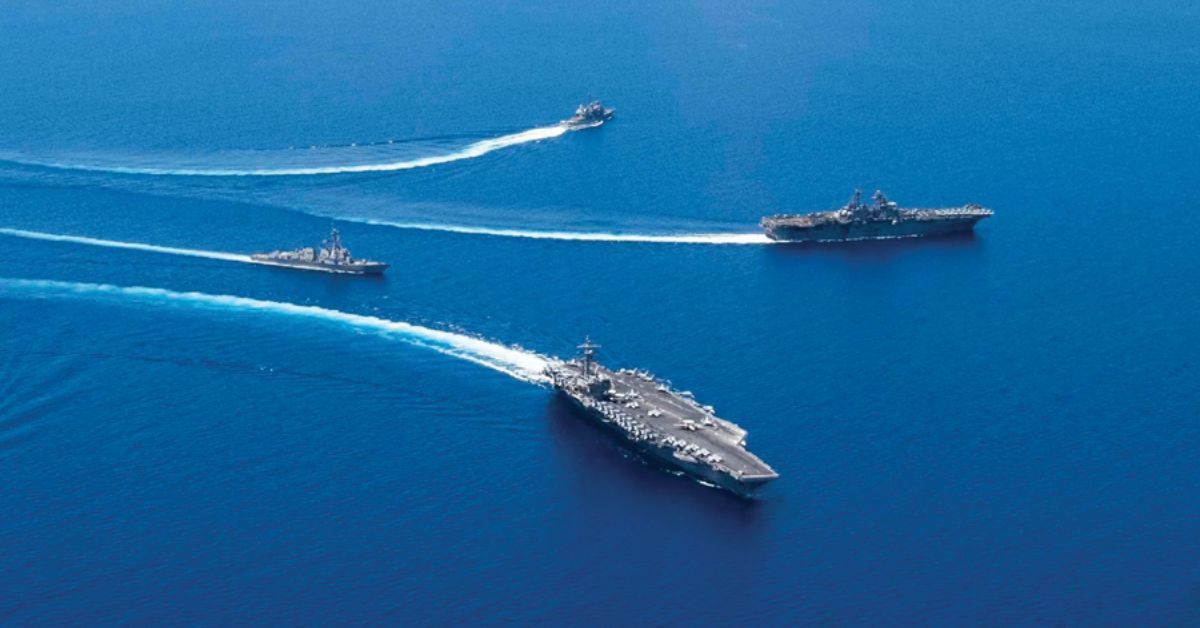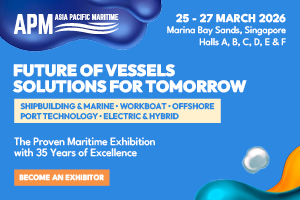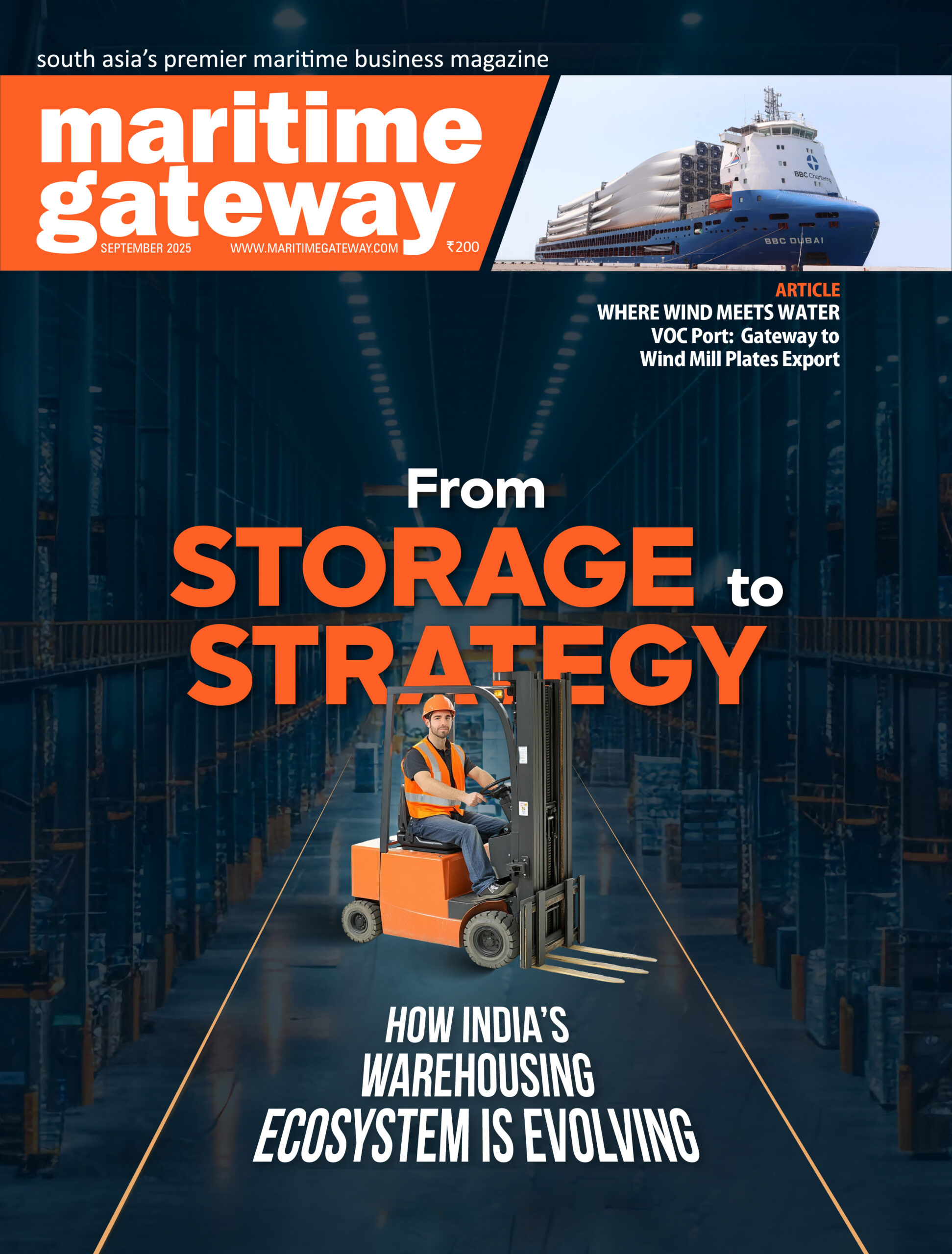From protectionist trade policies to decarbonization mandates and tightening shipyard capacity, maritime leaders are confronting a new doctrine—one that demands strategic agility, technological foresight, and regulatory clarity.
At a recent high-level panel on maritime strategy, a cross-section of industry leaders painted a picture of a sector undergoing deep structural recalibration. The conversation spanned geopolitics, fleet strategy, regulatory disruption, and the long arc of decarbonization—underscoring the unprecedented complexity now shaping maritime decision-making. The phrase “new maritime doctrine” surfaced frequently throughout the dialogue, not as a theoretical exercise, but as a necessary reframing of how the industry must operate in a world where expectations are continuously upended.
Geopolitics and protectionism are redrawing the trade map
The reemergence of tariffs, particularly from the United States, is forcing shipping companies to confront new operating realities. Proposals under Section 301 that would impose heavy penalties on ships with any Chinese link—whether in construction, ownership, or management—have sent shockwaves across the sector. Early analysis suggests that if enacted, these rules could effectively penalize large swaths of the global fleet. For container shipping, where consolidation has blurred ownership lines, virtually all vessels could be subject to higher fees. While carriers may be able to absorb some of the cost on a per-container basis, bulk and tanker operators would face much steeper consequences. In these trades, the penalty could amount to tens of dollars per ton—potentially doubling freight rates and rendering some cargoes unviable. This approach, still under review in Washington, is being closely monitored by both U.S. exporters and global operators. If implemented, it would trigger realignment, including restructuring of fleet ownership, asset divestment, and likely a wave of second-hand vessel transactions aimed at compliance or circumvention.
Red sea closure adds to operational strain
Geopolitical instability in the Red Sea has also created ripple effects across vessel deployment strategies. With threats to safety persisting into 2025, most operators continue routing around the Cape of Good Hope, adding cost, time, and capacity stress to an already strained global network. Tanker operators noted that while the shift has created inefficiencies, it has also inadvertently supported charter rates, especially in the crude and product segments. However, the implications are broader. Container carriers, in particular, must reposition assets, rebalance services, and reassess capacity planning—actions that further complicate supply chain predictability.
While there was cautious optimism late last year that the situation might stabilize, recent developments have reinforced the view that normal transit through the Red Sea is unlikely in the near term. Even if hostilities subside, operators expect a gradual reopening at best, given the repositioning of assets and reconfiguration of trade flows already underway.
Orderbooks and the fight for fleet relevance
Alongside these geopolitical headwinds, the race to renew fleets with more efficient and lower carbon ships is creating pressure on shipyards, particularly in China, which now builds nearly 60 per cent of the world’s commercial vessels. By contrast, the U.S. accounts for a mere 0.2 per cent, raising questions about resilience and strategic autonomy. Despite the staggering size of the current container ship orderbook, much of it is focused on replacement tonnage, reflecting the urgent need to modernize aging fleets. In many cases, operators are doubling average vessel capacity within a decade to remain competitive and efficient. However, slots at top yards are becoming increasingly scarce, and operators across all sectors are facing longer lead times for newbuilds.
The definition of “dual fuel” is also becoming more nuanced. While many new vessels are marketed as future-fuel ready, in practice, only those with dual-fuel LNG engines or adaptable fuel systems offer meaningful decarbonization potential in the near term. Even so, LNG remains a transitional option, and its long-term role is being re-evaluated as bio-LNG and synthetic variants develop.
Container trades shift with global manufacturing realignment
The container sector, often seen as the first responder to macroeconomic shifts, has already undergone significant transformation. Trade between the U.S. and China has declined, replaced in part by new corridors between Southeast Asia and North America, as well as increased intra-Asia flows. This reflects a broader movement toward nearshoring and diversification of manufacturing bases. Operators have responded by becoming more agile in vessel deployment, with assets increasingly repositioned to follow shifting production patterns. This agility is now seen as a strategic asset, allowing carriers to capitalize on pockets of demand while navigating an uncertain macro landscape. Recent developments in port ownership and terminal operations also hint at strategic moves to reduce Chinese influence in key global chokepoints. For instance, the sale of Hutchison’s Panama Canal terminals to a consortium including MSC and BlackRock is being interpreted as part of a broader Indo-Pacific realignment— one that could reshape competitive dynamics in the terminal sector.
The decarbonization marathon and the middle game challenge
While the short-term environment is shaped by geopolitics, tariffs, and security concerns, the long-term imperative remains decarbonization. Achieving net-zero emissions by 2050 will require a radical transformation in fuel supply chains, propulsion systems, and operational practices. According to industry projections, approximately 70 per cent of the solution will need to come from zero-carbon fuels, which in turn demand exponential growth in renewable energy and carbon capture infrastructure. The remaining 30 per cent is more immediately actionable— performance optimization, retrofitting, digital tools, and data-driven efficiency Despite the challenges, many operators are pushing ahead. Some are investing in dual-fuel ammonia-ready vessels, others are piloting onboard carbon capture systems, while others focus on operational enhancements like route optimization and hull coatings. The real constraint is not technology, but regulatory clarity. The International Maritime Organization (IMO) faces growing pressure to define an investable regulatory framework. With the industry poised to commit capital, clear signals around fuel pathways— whether ammonia, methanol, biofuels, or hydrogen—are critical to de-risking long-term decisions. Until then, many are taking a hedged approach, combining multiple strategies to stay flexible.
A doctrinal shift: From stability to strategic agility
The convergence of these dynamics—geopolitical fragmentation, regulatory unpredictability, and technological transition—has created a new strategic environment for global shipping. What was once a stable, rules-based domain is now an arena of adaptation and calculated bets. This new maritime doctrine is not just about fuel types or vessel sizes. It is about how the industry navigates a world in which supply chains are weaponized, energy policies are politicized, and capital flows are increasingly tied to sustainability metrics. Agility, optionality, and scenario planning are now core competencies. Shipping companies must not only track freight rates or fleet efficiency but also interpret policy signals, respond to strategic chokepoint developments, and anticipate regulatory inflection points. In a world where the only constant is disruption, the industry’s resilience will depend on its willingness to adapt faster, invest smarter, and collaborate more openly.









